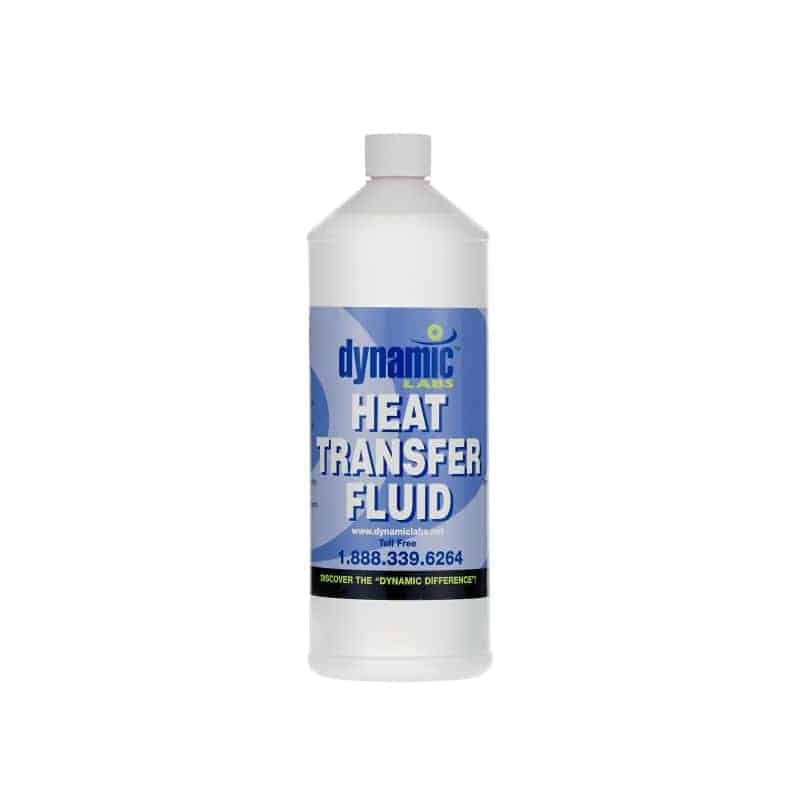Optimize Your System's Life-span With the Right Heat Transfer Fluid
Picking the ideal warm transfer liquid is essential for enhancing system efficiency and long life. The ideal liquid not only improves thermal performance however also reduces prospective deterioration on important elements such as pumps and heat exchangers - dielectric cooling fluid. Recognizing the numerous kinds of heat transfer liquids and the specific demands of your application can dramatically influence the total wellness of your system. Lots of neglect essential elements that could make a significant difference. What factors to consider might you be missing that could eventually influence your system's efficiency?
Significance of Heat Transfer Fluids

In addition, heat transfer liquids contribute to the safety and security and integrity of thermal systems. In addition, the right warmth transfer fluid can provide security against deterioration and scaling, additional expanding the life-span of machinery and infrastructure.
Sorts Of Heat Transfer Fluids
Numerous kinds of heat transfer fluids are generally used in commercial applications, each customized to certain functional needs and temperature varieties. One of the most prevalent categories include water, oils, and specialized artificial liquids.
Water is typically used due to its excellent thermal conductivity and availability; nonetheless, its limitations develop at high temperatures and potential freezing problems. For higher temperature level applications, thermal oils, such as mineral oils or organic compounds, are used. These oils supply premium thermal security and can operate efficiently at raised temperature levels, making them suitable for processes like food handling and petrochemical manufacturing.
Synthetic fluids, which can be either natural or not natural, are created to meet details efficiency requirements. They usually exhibit boosted homes such as low poisoning, large temperature arrays, and resistance to oxidation. Instances include esters and glycols, which are ideal for specialized applications like solar thermal systems and heat exchangers.
Furthermore, cooling agents are used in cooling down systems, leveraging their stage adjustment buildings to soak up and release heat efficiently. Each kind of heat transfer liquid presents distinct benefits and is picked based on the particular needs of the application, making sure optimal efficiency and system long life.
Variables to Think About When Selecting
Picking the ideal warmth transfer fluid involves cautious consideration of numerous aspects to ensure optimum efficiency and system efficiency. Among the main factors is the temperature level range required for the system. Liquids differ in their thermal stability and can break down or lose efficiency outside particular temperature restrictions.
An additional essential factor to consider is the liquid's viscosity, as it affects pump efficiency and energy usage. A liquid that is as well thick might impede circulation and rise functional expenses. Additionally, the fluid's details heat capacity plays an essential role in identifying just how effectively it can transfer warmth.
Chemical compatibility with system materials is additionally crucial to prevent rust, destruction, or leaks - heat transfer fluid. Guaranteeing that the chosen fluid is compatible with the building materials can lengthen the life expectancy of the system

Benefits of Proper Fluid Option
Proper selection of a warmth transfer fluid yields considerable advantages for system effectiveness and reliability. The right fluid enhances thermal conductivity, guaranteeing optimal heat transfer rates within the system. This performance lessens power intake, causing lower operational costs and a decreased environmental footprint.
Furthermore, proper fluid selection adds to system longevity by avoiding deterioration and degradation of elements. Liquids formulated with deterioration inhibitors protect metal surface areas, thus prolonging the lifespan of pumps, pipes, and heat exchangers. In addition, choosing a fluid with appropriate thickness ensures efficient flow, which is important for maintaining constant temperature level distribution throughout the system.
Another important advantage is the fluid's thermal stability. A steady warmth transfer liquid can operate over a wide temperature array without breaking down or shedding performance, which is essential for systems revealed to rising and fall thermal conditions. The appropriate liquid can also reduce risks connected to cold or boiling, therefore stopping operational anonymous disturbances.
Upkeep Tips for Long Life
Making certain click this the durability of a warm transfer system needs diligent upkeep methods that match the benefits of proper liquid choice. Routine evaluations are vital to identify possible leakages, rust, or debris build-up that might endanger system effectiveness. Develop a routine timetable to examine pipe integrity, links, and installations, as these locations are often susceptible to damage.

Keeping an eye on liquid levels and high quality is just as important. Regularly inspect for indicators of contamination, such as discoloration or particle matter, which can indicate deterioration of the warm transfer liquid. Applying periodic fluid evaluation can give insights into its chemical residential or commercial properties, permitting for timely replacements when needed.
In addition, preserving optimum operating temperatures is vital. Motivate making use of temperature level controls and sensing units to avoid getting too hot, which can increase liquid destruction and damages system elements.
Lastly, constantly comply with the producer's standards regarding liquid replacement intervals and upkeep procedures. By committing to these ideal methods, you can considerably enhance the functional life-span of your heat transfer go to this web-site system, ensuring trusted efficiency and minimizing the requirement for early replacements or pricey repair work.
Final Thought
In verdict, the choice of an ideal heat transfer liquid is important for boosting system efficiency and longevity. By comprehending the numerous kinds of fluids and thinking about crucial variables such as thermal conductivity and corrosion resistance, optimal performance can be accomplished.
Warmth transfer liquids play a crucial role in different industrial and industrial applications by promoting the reliable transfer of warm between surfaces.Furthermore, warm transfer fluids contribute to the security and dependability of thermal systems. Furthermore, the fluid's certain warm capability plays a vital duty in establishing just how effectively it can move warmth.
The appropriate liquid boosts thermal conductivity, making certain optimum warm transfer prices within the system. A steady heat transfer fluid can run over a wide temperature level array without damaging down or losing efficiency, which is important for systems revealed to fluctuating thermal problems.